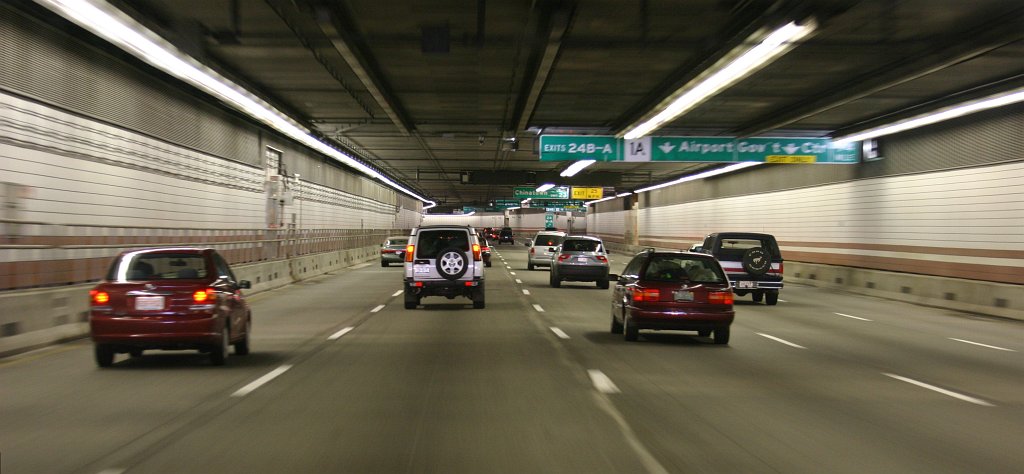
Top 10 most surprising maps that explain the world
The world is a very surprising place. Check out these 10 maps that will show you facts about our planet that you most likely didn’t know about.
This is how the surface of the earth actually looks like
This is how the Earth would look like without oceans. It’s not round, it has a shape called the geoide.
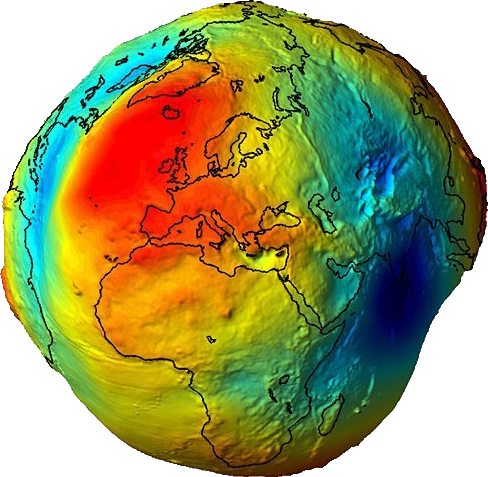
The True Size of Africa
Africa is much larger that you might think.
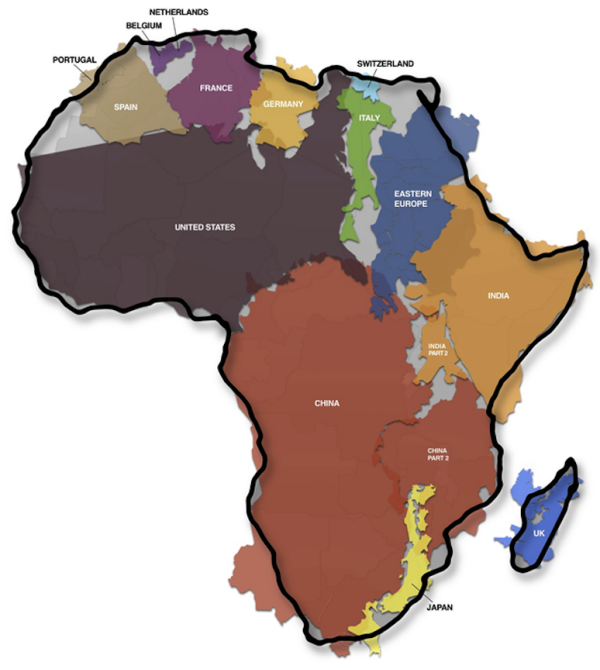
Over 1/2 of the world population lives in that circle
Oh boy, it’s 4 billion people living in such a small area.
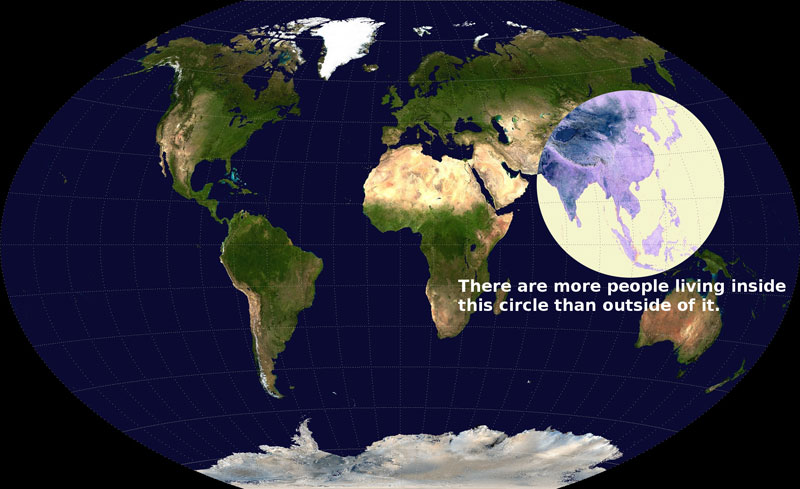
Direct line between Long Island and Australia
When standing perpendicular to the ocean at Long Island you might be actually looking at the south cost of Australia.
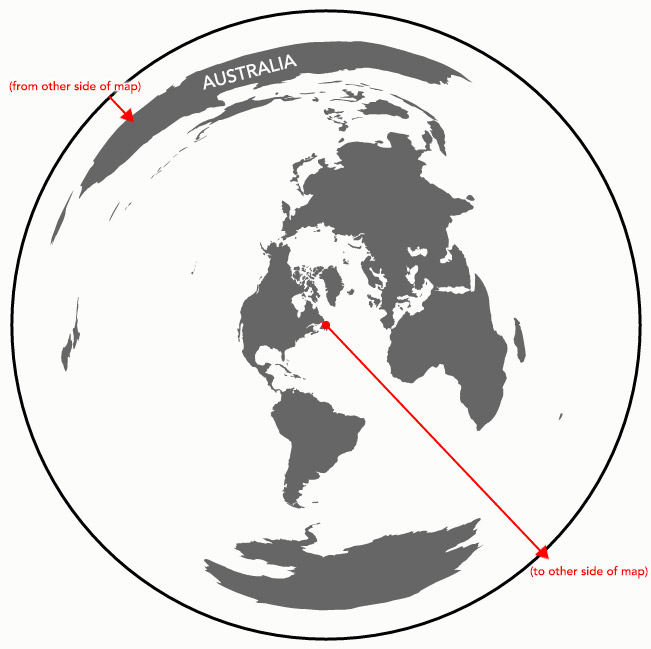
source: Andy Woodruff
Driving orientation
About 90 per cent of the world’s total road distance carries traffic on the right and 10 per cent on the left.
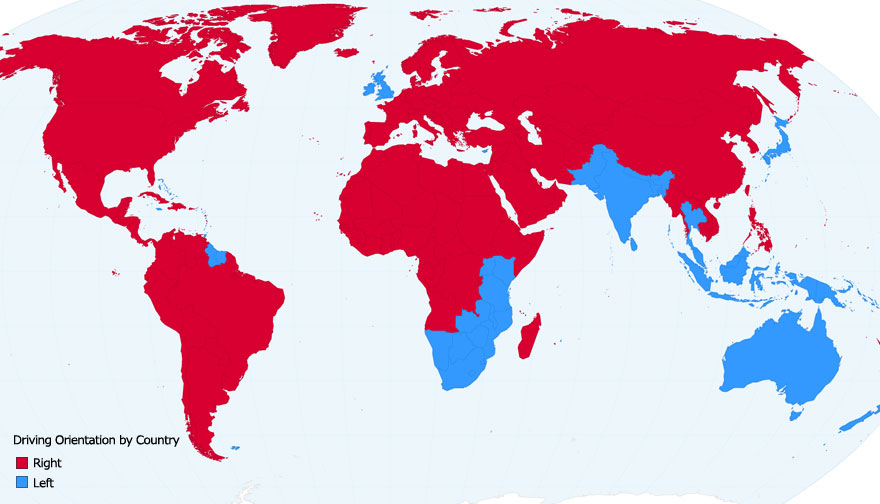
source: Chartsbin
Time Zones in Antarctica
Technically, Antarctica, and the North Pole, fall under all time zones, as the longitude lines that are used to define time zones all meet at the two poles.
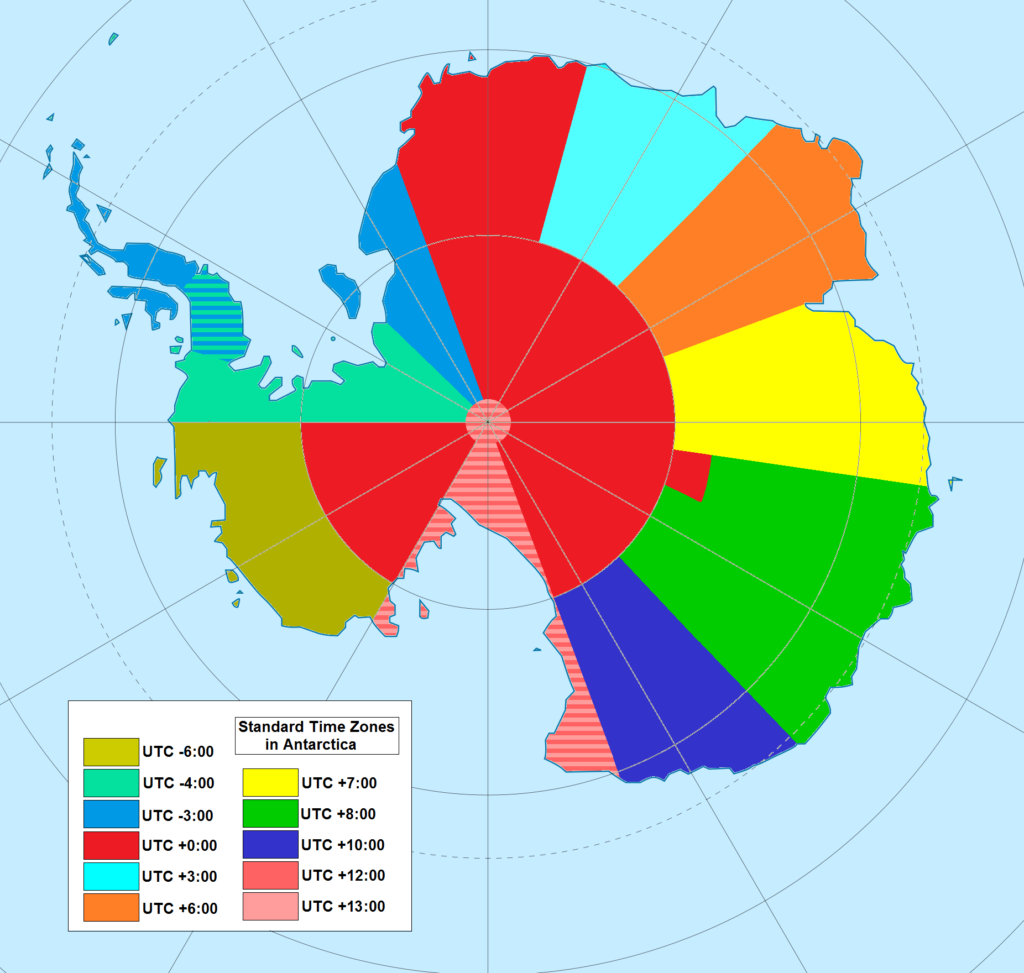
Travel time 100 years ago
The map shows isochrones of travel from London to locations around the world.
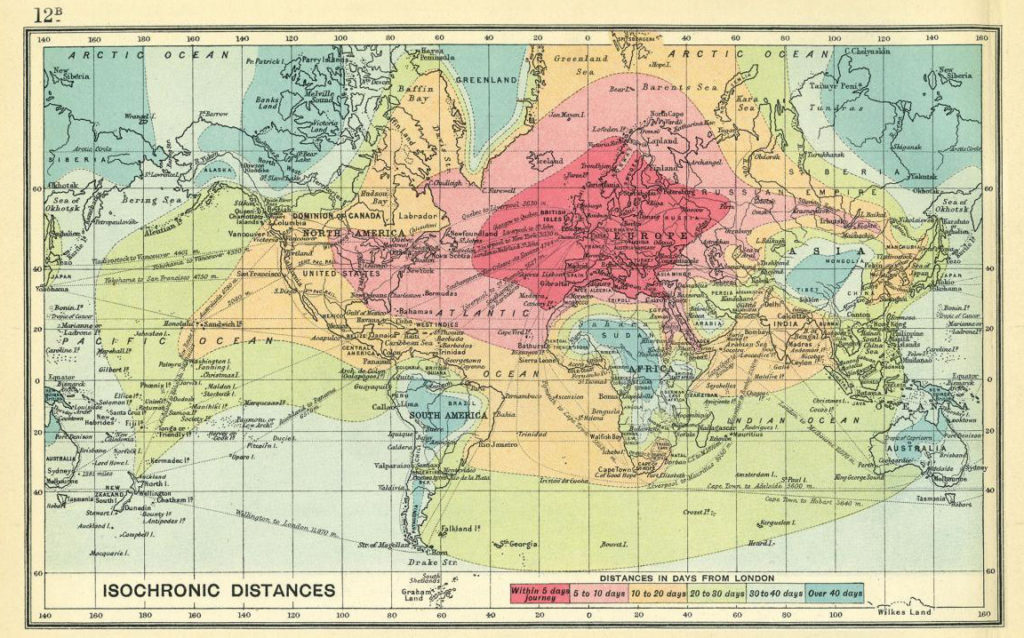
Writing systems of the world
Writing systems can be divided into two main types: those that represent consonants and vowels (alphabets), and those which represent syllables (syllabaries), though some do both.
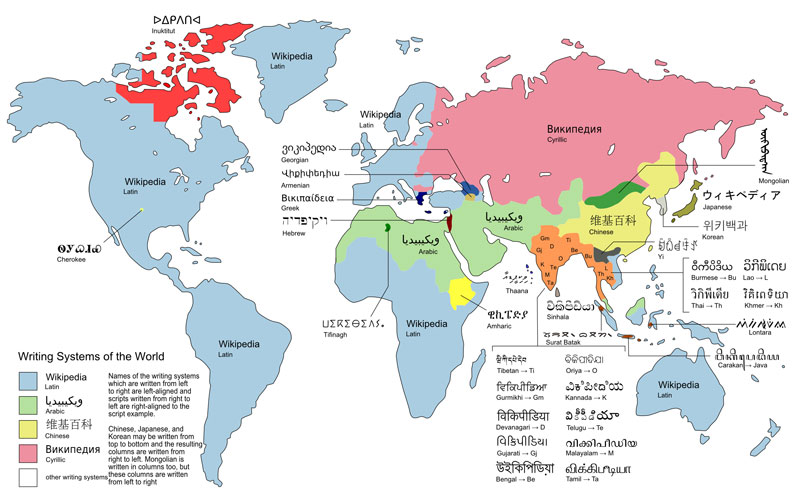
World Median Ages
The world’s 15 youngest countries are all in Africa, while Germany and Japan are the oldest.
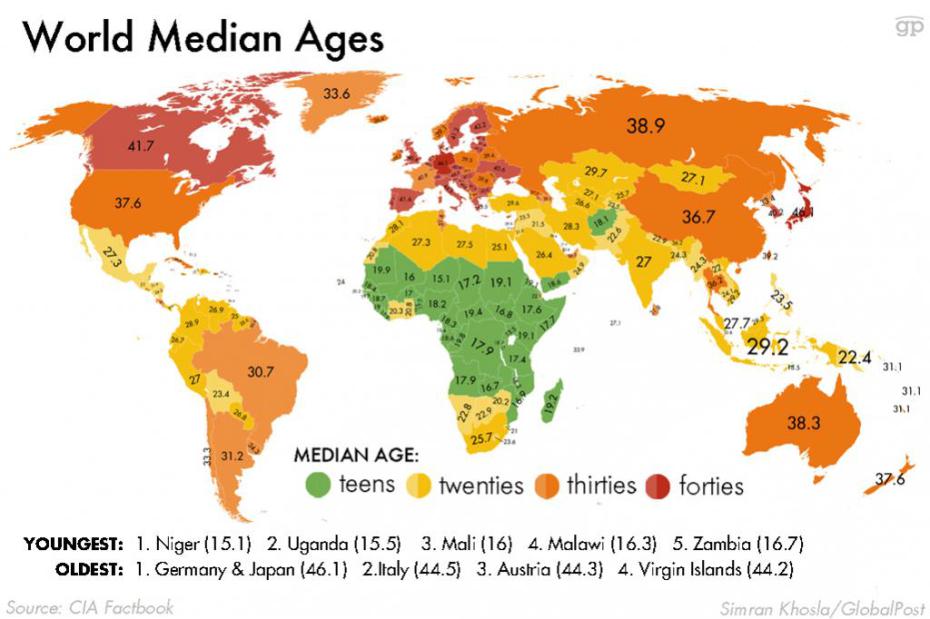
Map of tectonic plates around the world
This is why earthquakes happens in these places.
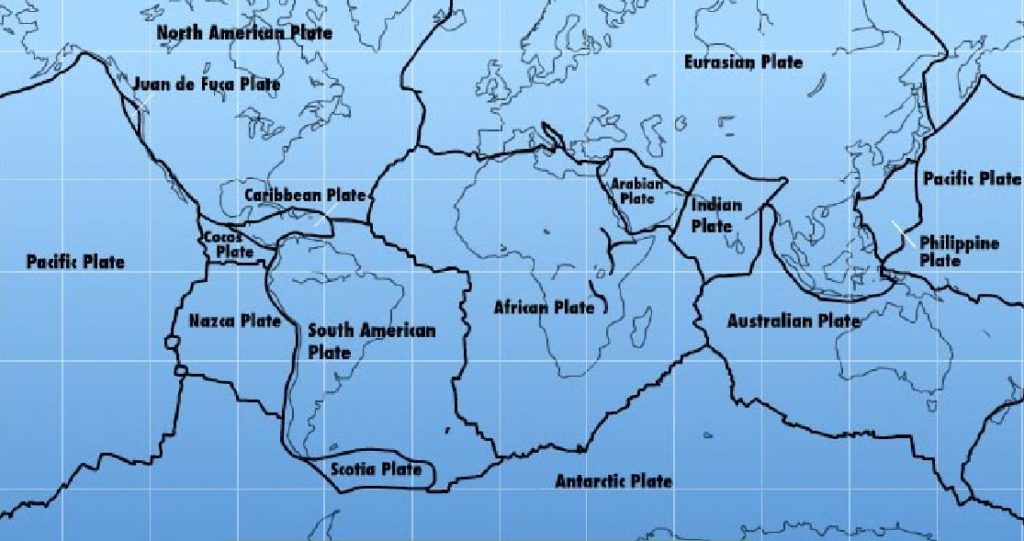
[td_smart_list_end]







